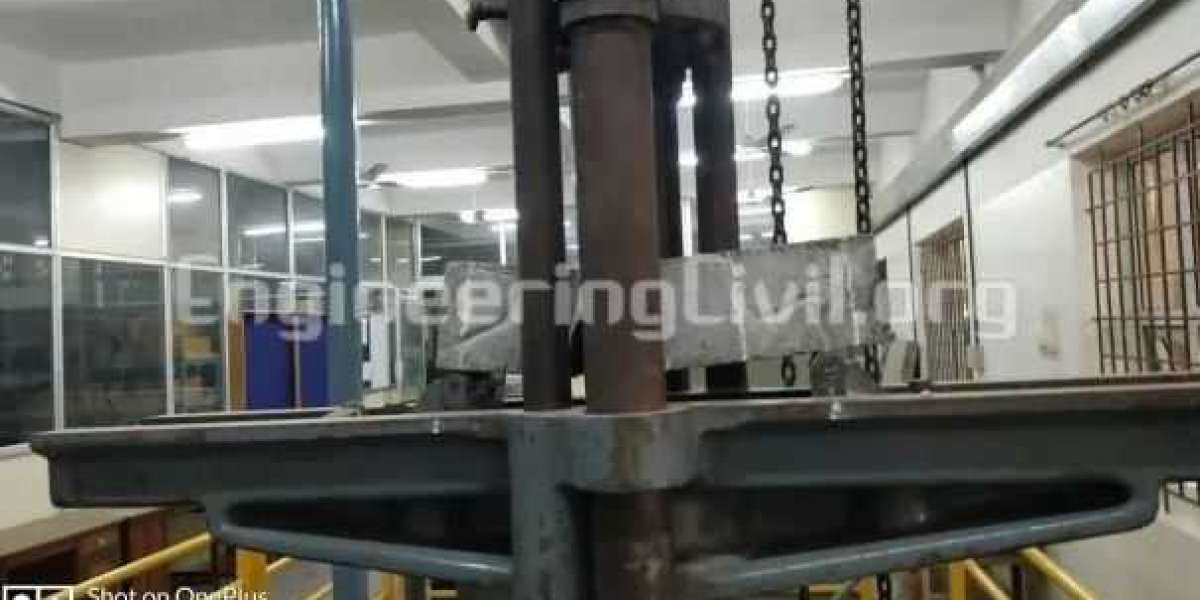Concrete is the backbone of modern construction, renowned for its incredible compressive strength and durability. But beyond its well-known compressive strength, concrete exhibits other crucial properties that are equally vital for construction projects. In this article, we’ll delve into the world of concrete tensile strength and flexural strength, shedding light on their significance in the construction industry.
Concrete Tensile Strength: The Hidden Force
While concrete’s compressive strength is widely acknowledged, its tensile strength often remains in the shadows. Tensile strength measures a material’s ability to withstand tension, pulling forces, or stretching without breaking. Concrete’s tensile strength is notably lower than its compressive strength, making it a critical factor to consider in structural engineering.
Why Tensile Strength Matters
Cracking Prevention: Concrete is susceptible to cracking under tensile loads. Understanding its tensile strength helps engineers design structures that can resist cracking, ensuring their longevity and safety.
Reinforcement Requirement: In many cases, concrete is reinforced with materials like steel bars (rebar) to enhance its tensile strength. Accurate knowledge of concrete’s tensile strength informs the selection and placement of these reinforcements.
Precast Concrete: Manufacturers of precast concrete products, such as beams, slabs, and pipes, rely on tensile strength data to ensure their products meet industry standards and safety regulations.
Control of Cracking in Concrete Pavements: Tensile strength plays a crucial role in controlling cracking in concrete pavements, particularly in regions with temperature fluctuations and heavy traffic loads.
Flexural Strength of Concrete: Bending to Perfection
Flexural strength, also known as modulus of rupture, measures a material’s ability to resist bending or cracking under applied loads. In the context of concrete, it assesses the material’s capacity to withstand bending forces without failing.
Importance of Flexural Strength
Structural Integrity: For structures like bridges, beams, and slabs, where bending forces are significant, flexural strength is a critical parameter. It ensures the structural integrity of these elements.
Design Flexibility: Knowledge of flexural strength enables engineers to design structures with greater flexibility, accommodating various architectural and aesthetic requirements.
Quality Control: Manufacturers of precast concrete components use flexural strength testing to maintain consistent product quality and adherence to industry standards.
Crack Control: Like tensile strength, flexural strength helps control cracking in concrete elements subjected to bending loads, extending the service life of structures.
Testing Concrete Tensile and Flexural Strength
Accurately determining concrete’s tensile and flexural strength involves specialized testing methods. The most common test for tensile strength is the ‘splitting tensile test,’ where a cylindrical concrete specimen is subjected to axial tensile forces. Flexural strength is determined through the ‘third-point loading’ or ‘four-point loading’ test, where a prismatic specimen is subjected to bending forces.
Conclusion
Concrete’s strength extends beyond its impressive compressive capabilities, encompassing vital properties like tensile and flexural strength. Understanding these properties is fundamental for engineers, architects, and construction professionals as they strive to create structures that are not only strong but also resistant to cracking and bending forces. By incorporating concrete’s tensile and flexural strengths into the design and construction process, we can build safer, more durable, and aesthetically pleasing structures that stand the test of time.








